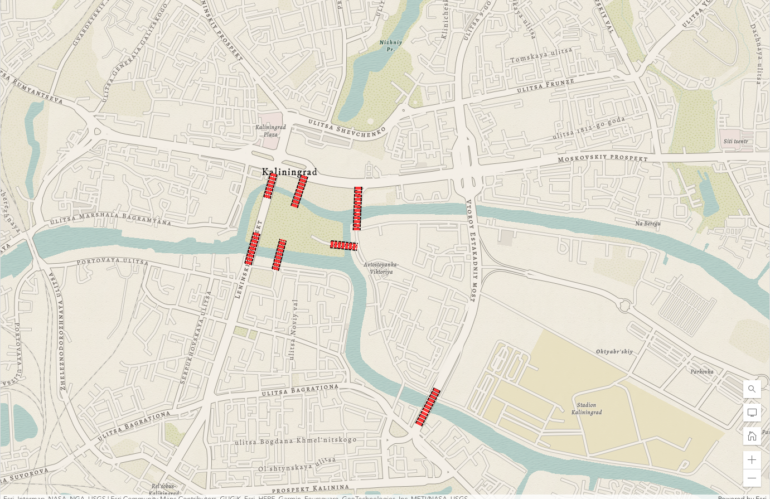A knowledge graph is a powerful capability for organizing and representing complex information in a structured and interconnected way. The concept of knowledge graphs dates back several decades, with former work on semantic networks and ontology modeling in the fields of artificial intelligence and knowledge representation.
The Königsberg bridge problem was a puzzle that had been posed by the citizens of the city of Königsberg (now Kaliningrad, Russia) in the 18th century. Unfortunately, the Pregel river divided the city of Königsberg into two main sections. The river also contained two large islands, connected to each other and the two main sections of the city by seven bridges.
Everyone should leverage the combination of spatially enabled knowledge graphs to gain insights because it enables the blending of any tabular data and documents, as well as non-spatial analysis of networks described by a knowledge graph, with spatial and temporal data and analysis.
Users can gain a deeper understanding of the relationships between entities, events, and locations, and can make more informed decisions based on this knowledge. This approach allows for a more comprehensive analysis of complex systems, and can lead to new insights and opportunities for innovation. Ultimately, by leveraging spatially enabled knowledge graphs, users can unlock the full potential of their data and gain a competitive advantage in their field.
